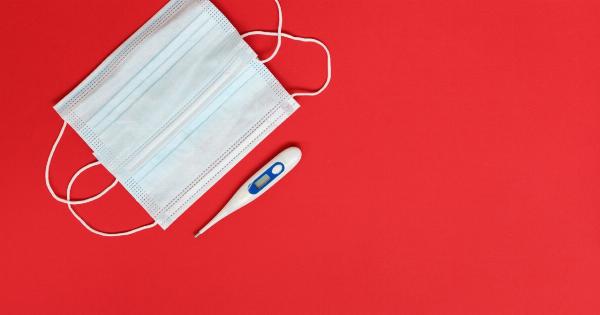Stroke is a serious illness that can have devastating consequences on a person’s life. It can affect how a person talks, thinks and moves, and can sometimes lead to permanent disability or death.
It’s important to take steps to prevent stroke, particularly if you have risk factors such as high blood pressure, diabetes, obesity, or a family history of stroke. In this article, we’ll share some simple tips to help you reduce your risk of stroke.
1. Maintain a Healthy Blood Pressure
High blood pressure is the most significant risk factor for stroke. It can damage the small blood vessels in the brain, which can lead to a stroke.
It’s essential to monitor your blood pressure regularly and take steps to keep it within a healthy range. You can do this by:.
- Eating a healthy diet low in salt, saturated and trans fats
- Exercising regularly
- Reducing your alcohol intake
- Managing stress levels
- Taking medication if prescribed by your doctor
2. Exercise Regularly
Regular exercise can reduce your risk of stroke by improving your overall health and wellbeing. It can help you maintain a healthy weight, lower your blood pressure, improve your cholesterol levels and reduce your risk of developing diabetes.
Aim to exercise for at least 30 minutes each day, five times a week. You could try:.
- Walking
- Swimming
- Cycling
- Dancing
- Lifting weights
- Yoga
Choose an activity that you enjoy, and you’re more likely to stick with it.
3. Quit Smoking
Smoking significantly increases your risk of stroke. It can damage the lining of your blood vessels, causing them to narrow and become blocked. It also raises your blood pressure, making you more susceptible to a stroke.
If you smoke, it’s essential to quit as soon as possible. Your doctor can provide you with advice and support to help you quit.
4. Eat a Healthy Diet
A healthy diet can reduce your risk of stroke by helping you maintain a healthy weight, lower your blood pressure and reduce your cholesterol levels. Aim to eat a diet that’s rich in:.
- Fruits and vegetables
- Whole grains
- Lean proteins
- Healthy fats
Avoid foods that are high in salt, saturated and trans fats, and added sugars. Choose to cook healthy meals at home instead of eating out, and limit your intake of processed foods.
5. Manage your Stress Levels
Stress can increase your risk of stroke by raising your blood pressure and causing inflammation in the body. To manage your stress levels, try:.
- Meditation
- Yoga
- Mindful breathing
- Regular exercise
- Spending time in nature
- Journaling
- Listening to calming music
Choose techniques that work for you and incorporate them into your daily routine.
6. Get Enough Sleep
Getting enough sleep is essential for your overall health and wellbeing. It can help reduce your risk of stroke by keeping your blood pressure in a healthy range. Aim to get at least 7-8 hours of sleep each night and practice good sleep hygiene.
This can include:.
- Avoiding screens for at least an hour before bed
- Creating a relaxing sleep environment
- Avoiding caffeine and alcohol before bed
- Going to bed and waking up at the same time each day
7. Manage Chronic Conditions
If you have chronic conditions such as diabetes or heart disease, it’s essential to manage them carefully. These conditions can increase your risk of stroke, so it’s vital to keep them under control.
Work closely with your doctor to develop a treatment plan that supports your long-term health and wellbeing.
8. Know the Warning Signs
Knowing the warning signs of stroke can help you act quickly if someone experiences symptoms. The most common signs of stroke include:.
- Sudden numbness or weakness in the face, arm, or leg, especially on one side of the body
- Confusion, trouble speaking, or difficulty understanding speech
- Sudden vision problems in one or both eyes
- Sudden dizziness, loss of balance, or difficulty walking
- Severe headache with no known cause
If you or someone else experiences these symptoms, call emergency services immediately.
9. Take Medication as Prescribed
If your doctor has prescribed medication to manage your blood pressure, cholesterol or other conditions, it’s essential to take them as directed.
Skipping doses or stopping medication without consulting your doctor can increase your risk of stroke.
10. Be Aware of Your Family History
If you have a family history of stroke, you may be more susceptible to the condition. Talk to your doctor about your family history and develop a screening plan that can help identify any risk factors early on.
Conclusion
Reducing your risk of stroke is essential for your long-term health and wellbeing. By following these simple tips, you can take control of your health and reduce your risk of stroke.






























